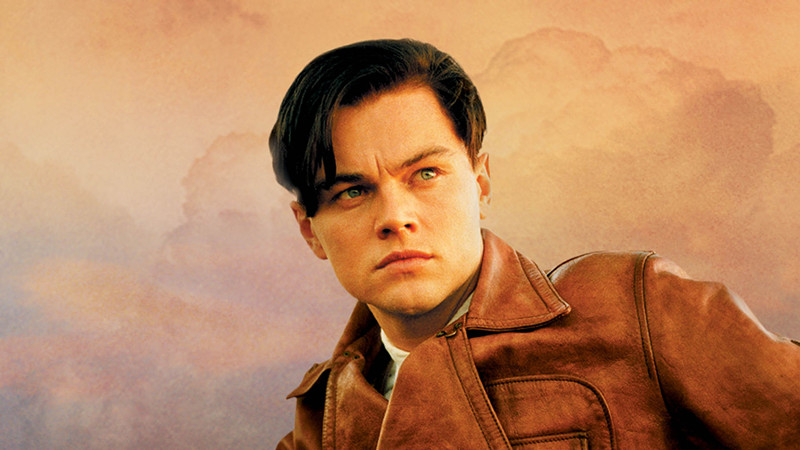
Martin Scorsese’s “Killers of the Flower Moon” is voted as the best film of 2023 by Sight & Sound magazine. Based on David Grann’s nonfiction bestseller of the same name, the true-crime epic stars Lily Gladstone, Leonardo DiCaprio and Robert De Niro and details a series of murders that took place in 1920s Oklahoma after oil was found on land owned by the Osage Nation.
For now, the film caps a 50-plus-year career spent documenting some of the darkest chapters of modern American history and deconstructing the corrupting influence of greed on the human spirit. With 26 films and counting under his belt, Scorsese has sealed his place as one of cinema’s greatest legends and most invaluable ambassadors with an undying love for the medium, a fervid following, and a slew of stone-cold masterpieces to his name.
To honor yet another great film by the legendary director, we embarked on the impossible task of scanning through Scorsese’s 26 directing credits, from his early indie gems to his late-career masterpieces, to see how “Killers of the Flower Moon” lands.
26. Boxcar Bertha (1972)
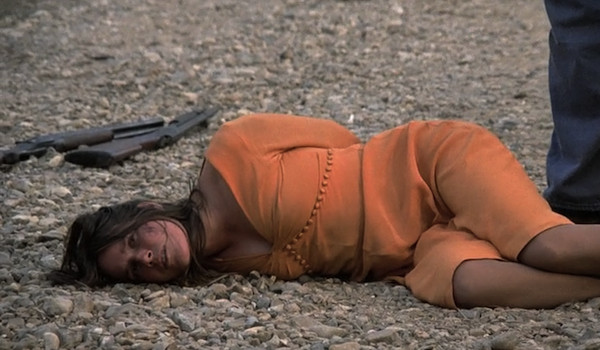
A then-30-year-old Scorsese had only one feature to his name when prolific B-movie producer Roger Corman handed him the task of directing this low-budget Bonnie and Clyde-inspired road caper.
Though the film is buoyed by solid performances by Barbara Hershey and David Carradine as two star-crossed lovers and wanted outlaws who rob the rich throughout 1930s Depression-era Arkansas, you can sense the sophomore filmmaker wasn’t entirely confident behind the camera during his first professional directing gig. As legend has it, trailblazing auteur John Cassavetes sat down with Scorsese after watching a rough cut of the film and encouraged him never to waste his time “making a piece of shit like this” again. Ouch! In hindsight, revisiting “Boxcar Bertha” today makes one feel extremely grateful that Scorsese listened to his longtime mentor’s advice and used the experience to hone his craft.
25. Hugo (2011)
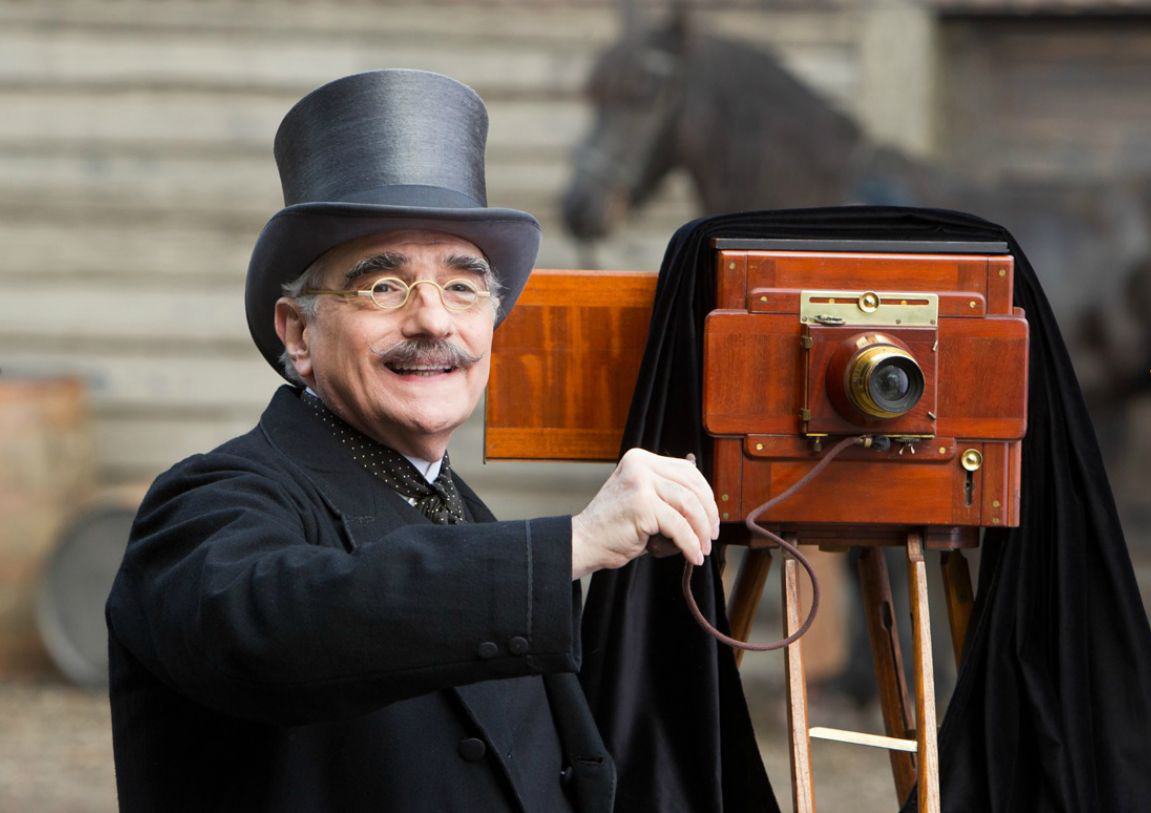
Family-friendly entertainment isn’t really in Scorsese’s wheelhouse, but that’s precisely what this adaptation of the children’s novel by Brian Selznick delivered as the director’s first PG-rated film in almost two decades.
An invaluable film historian and preservationist, Scorsese infuses his encyclopedic frame of reference and unabashed love for the medium into this delightful coming-of-age tale about an orphan boy living inside the clock of a Parisian train station in the 1930s who stumbles upon the innovative work of silent-cinema pioneer Georges Méliès. This passionate tribute to cinema’s transporting power is a great deal of fun even if it doesn’t quite manage to elicit the emotional response it’s aiming for. But if you have any kids who aren’t into Scorsese yet, then maybe point them to “Hugo” as a solid introduction to his filmography.
24. New York, New York (1977)
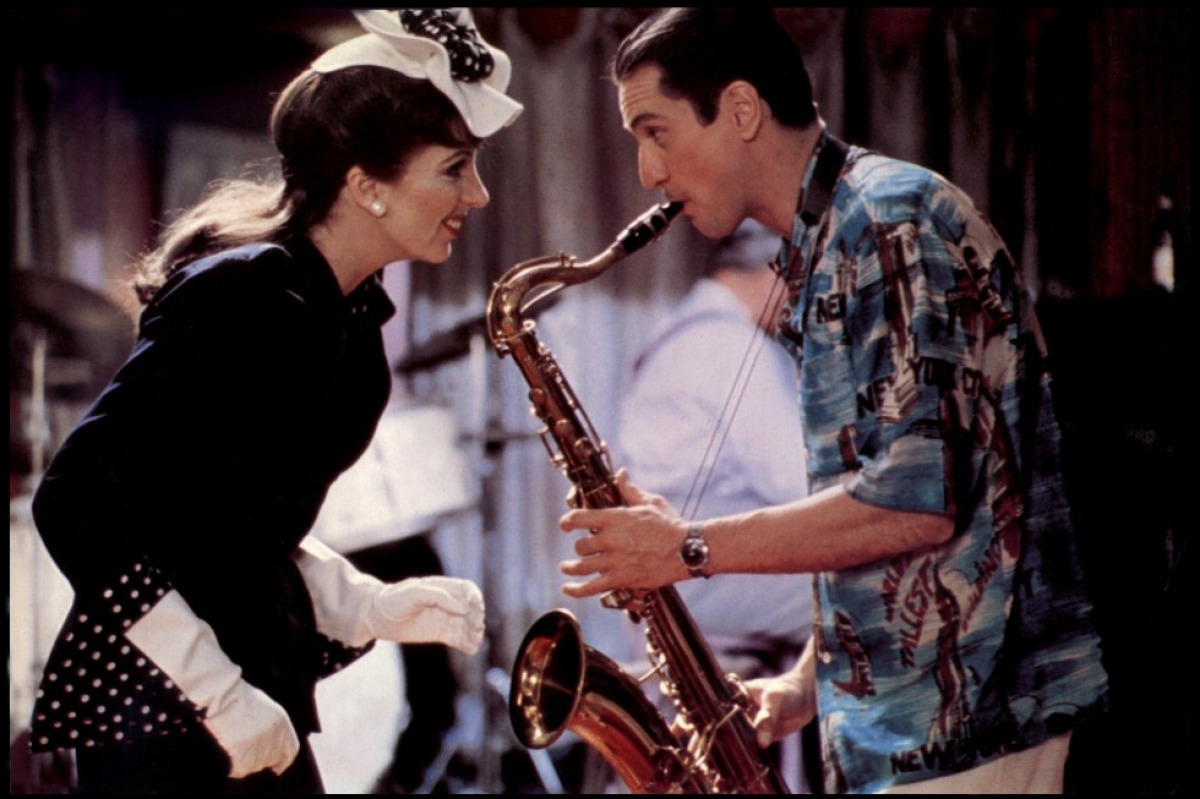
In following up the triumph of “Taxi Driver”, Scorsese switched things up and took a swing for the fences with this glossy love letter to old MGM musicals starring Robert De Niro and Liza Minnelli as two jazz musicians who break up, make up, and fall apart again and again.
A massive critical and commercial flop that almost derailed Scorsese’s career, “New York, New York” fails to strike a cohesive balance between the director’s reverence for the high-gloss artifice of Golden Age Hollywood with the gritty New Wave–inflected realism he inherited from his mentor John Cassavetes. The result is a lesser effort that, though not without spurts of brilliance and bravado sequences, has been overshadowed by Frank Sinatra’s iconic rendition of its title theme song.
23. Bringing Out the Dead (1999)
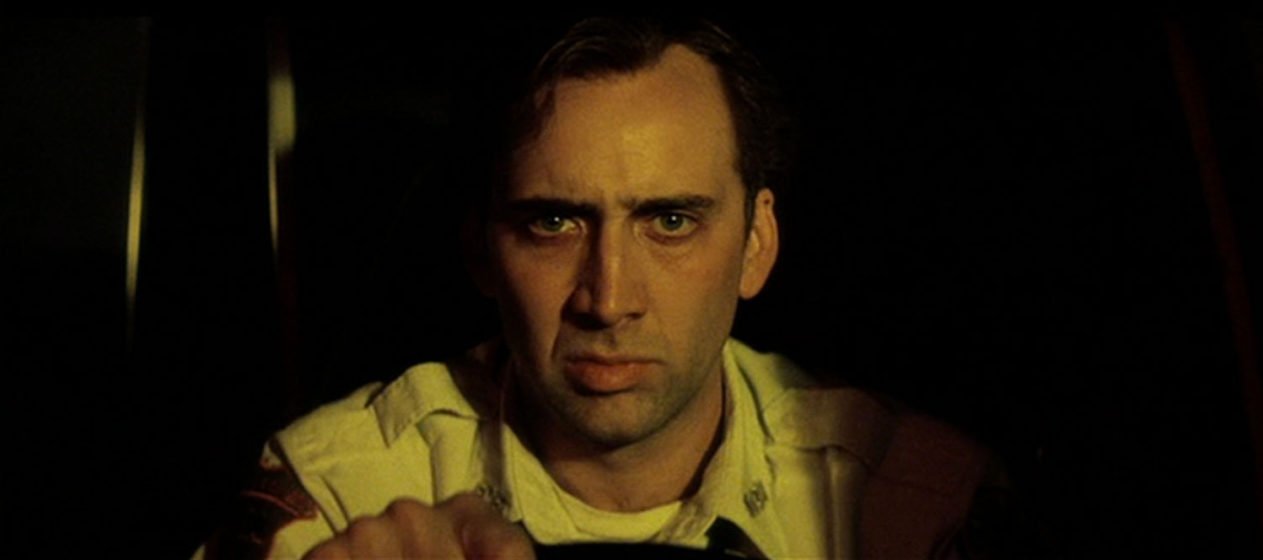
You never know what you’re getting with Nicolas Cage, a human dynamo known for his reckless impulses and gonzo performances. But the wildly unpredictable Oscar winner snaps into focus as a sleep-deprived and guilt-ridden paramedic, an irresistible casting choice that gives Scorsese and “Taxi Driver” screenwriter Paul Schrader ample opportunity to do what they do best — provide a cracked-mirror vision of New York’s urban hellscape through the lens of a tortured soul in perpetual agony.
Frank Pierce may not seem as captivating or fleshed-out as Travis Bickle or Jake LaMotta, but he’s certainly up there as one of the most sympathetic of Scorsese’s lonely men. Watching Cage’s late-night owl prowl the filthy streets of Manhattan, desperately try to quit his job and drive himself into madness because he can’t cope with the guilt and stress of his line of work is at times a darkly funny and at others emotionally draining experience.
22. The Color of Money (1986)
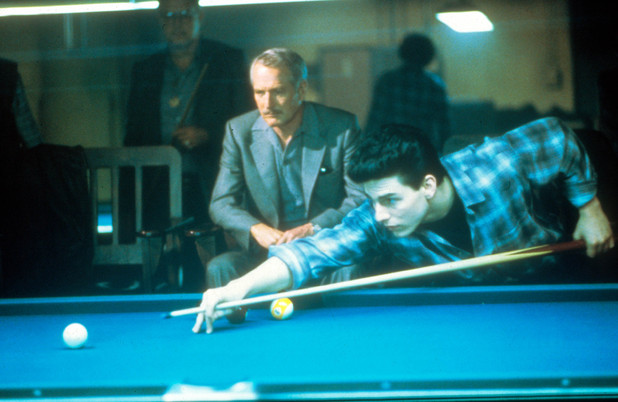
The biggest selling point of this very belated legacy sequel to Robert Rossen’s 1961 pool classic “The Hustler” is watching the generational passing of the torch from one heavyweight Hollywood icon to another. Paul Newman refound his mojo and won an overdue Oscar for reprising his role as Fast Eddie Felson — now an aging, over-the-hill pool hustler who rediscovers his love for the game after taking a gifted and cocksure protégé (a Top Gun-era baby-faced Tom Cruise, who more than holds his own) under his wing.
Though “The Color of Money” draws its primary weight from the restless charisma and intriguing dynamic between its powerhouse star duo, this purportedly ‘gun-for-hire’ job finds Scorsese in top form pulling every trick up his cinematic sleeve, treating the viewer with an endless stream of stylish tracking shots, crisp montages, and energetic needle drops as we watch master and pupil try to outhustle one another.
21. Who’s That Knocking at My Door? (1967)
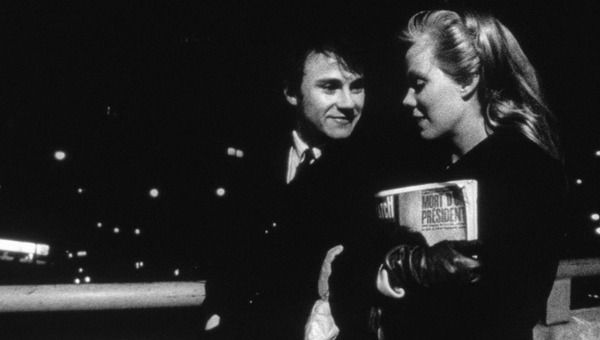
The earliest artifact of Scorsese’s pet themes and career-long obsessions, this largely improvised black-and-white indie gem stewed from bits and pieces of Cassavetes, Godard, and Pasolini announced the arrival of a singular talent when it first screened at the Chicago Film Festival.
Shot on location on a shoestring budget back when the director was attending NYU, Scorsese’s feature-length debut provides a street-level view of the New York underground scene through the eyes of a vulgar chatterbox (Harvey Keitel) who likes to drink with his pals, flirt with girls, and pay lip service to John Wayne’s westerns as a sort of gawky pick-up line. This small dose of pure Scorsese is worth revisiting today if for no other reason that it synthesized a great number of running themes and stylistic flourishes that would eventually become the director’s stock-in-trade: from its deconstruction of Catholic angst and toxic masculinity to its propulsive use of pop needle drops. This is where it all started.
20. Gangs of New York (2002)
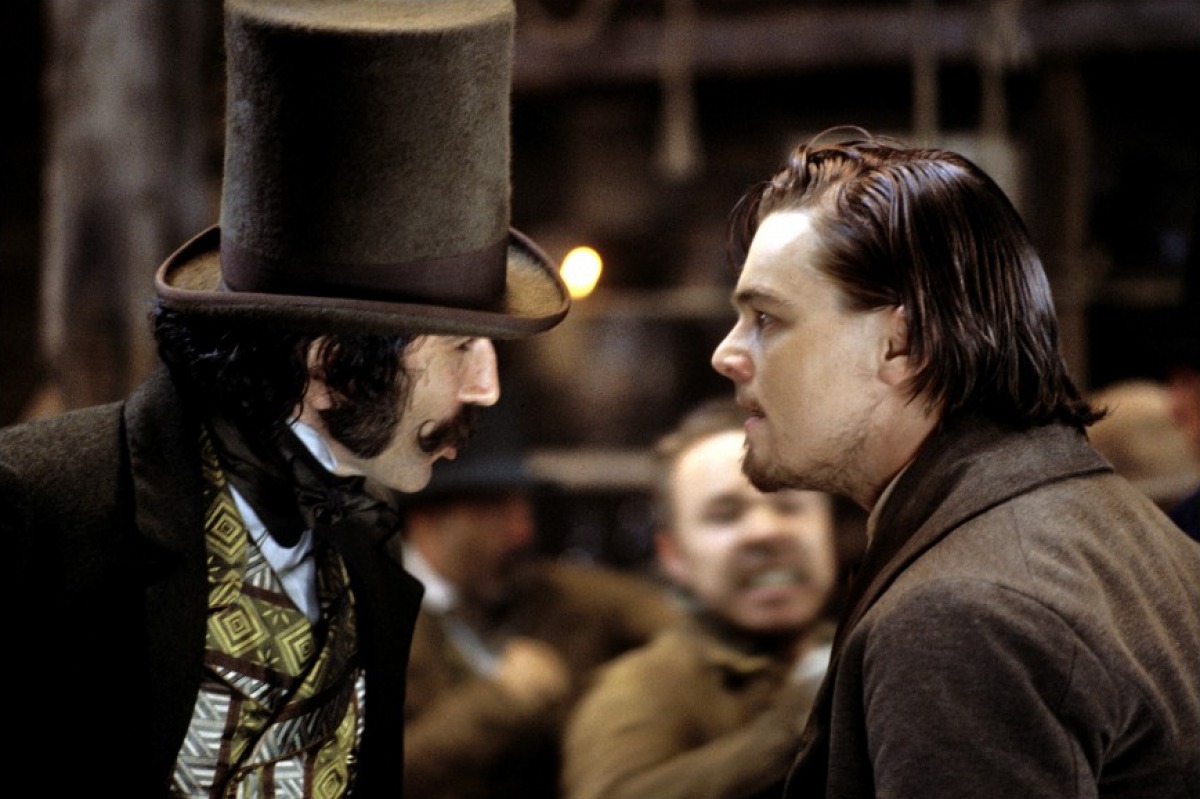
Scorsese spent several decades tinkering with this expansive book adaptation about the on-going clashes between Irish Catholic immigrants and Protestants in 1860s New York amidst the Civil War-draft riots before a troubled production ultimately saw him lose creative control to Harvey Weinstein. The result is a beautifully realized but undoubtedly uneven film that can nevertheless lay claim to establishing one of the great creative marriages in modern cinema as well as in Scorsese’s career, with Leonardo DiCaprio filling in the role of fresh-faced Irishman Amsterdam Valley.
Though the story pivots around DiCaprio’s character, who returns to the gang-ridden intersection of the Lower East Side known as the Five Points dead-set on avenging his father’s murder, Scorsese’s brand-new go-to-guy proves no match to the second-billed Daniel Day-Lewis, who chews up the scenery in full snarling villain mode as the sadistic Bowery gang leader Bill the Butcher.
19. Cape Fear (1991)
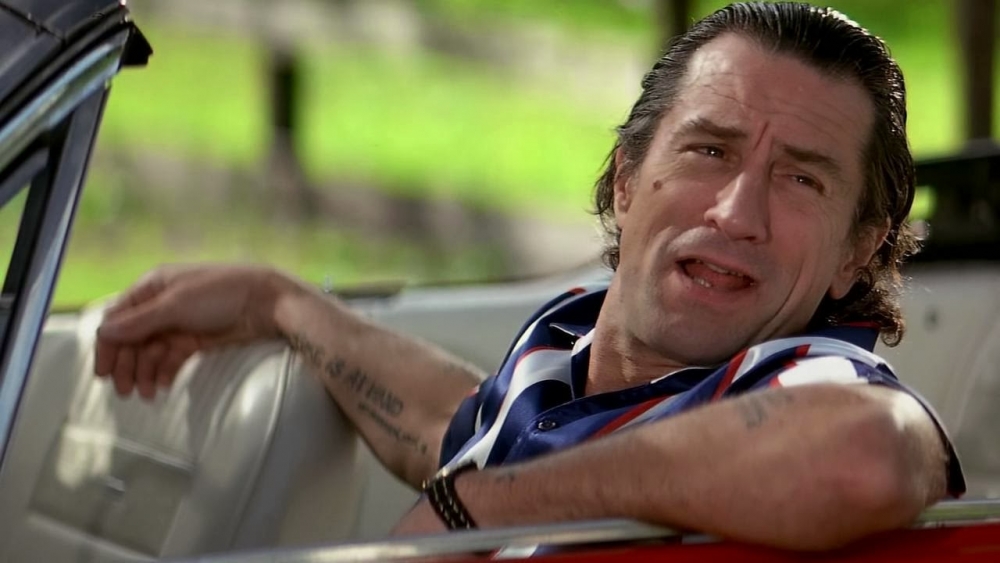
From a pure entertainment standpoint, a strong case can be made for Max Caddy — a cigar-chomping, recently released felon who terrorizes the public attorney who withheld key evidence in the trial that put him behind bars 14 years ago — as being one of Robert De Niro’s finest and flat-out enjoyable career turns.
Steven Spielberg was initially tapped to direct this remake of the classic Robert Mitchum-led 1962 thriller before swapping projects with Scorsese, a decision that would prove mutually beneficial for both high-profile auteurs. Whereas the former would nab a whopping 12 Oscar noms for “Schindler’s List”, Scorsese bounced back after hitting something of a commercial slump in the eighties with his biggest box office hit in his career up to that point, a certified banger that would incidentally inspire one of the funniest Simpsons’ episodes of all time.
18. Shutter Island (2010)
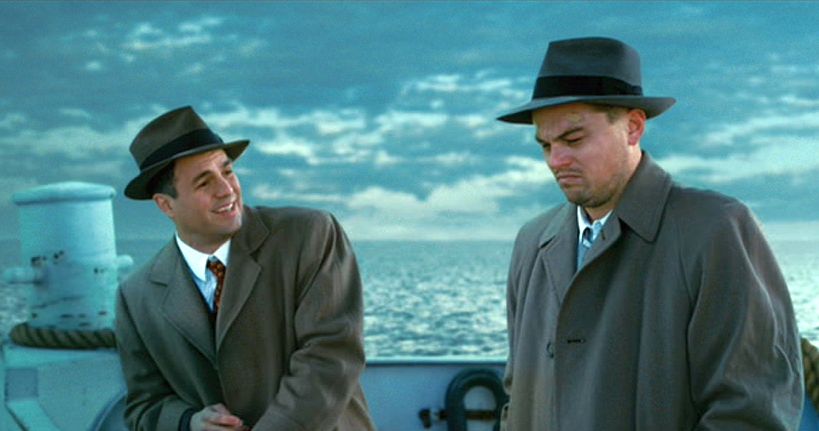
After finally getting over the Oscar hump with “The Departed”, Scorsese tag-teamed it up with DiCaprio for the fourth time in a row with this pulpy Hitchcockian potboiler about a WWII vet-turned- U.S. Marshal who wrestles with his own inner demons while investigating the disappearance of a patient from a mental institution for the criminally insane.
Leo really sinks his teeth into the role of Teddy Daniels, a slippery gumshoe way out of his depth and hopelessly haunted by the death of his wife, but it’s the film’s climactic rug-pull moment — a wallop of an ending that throws the film into a spiral and folds the entire story in on itself — that has left people talking all these years later. In hindsight, while it does keep you on the edge of your seat the first time around, there isn’t much here to re-visit once the novelty of the last-minute reveal wears off.
17. Kundun (1997)
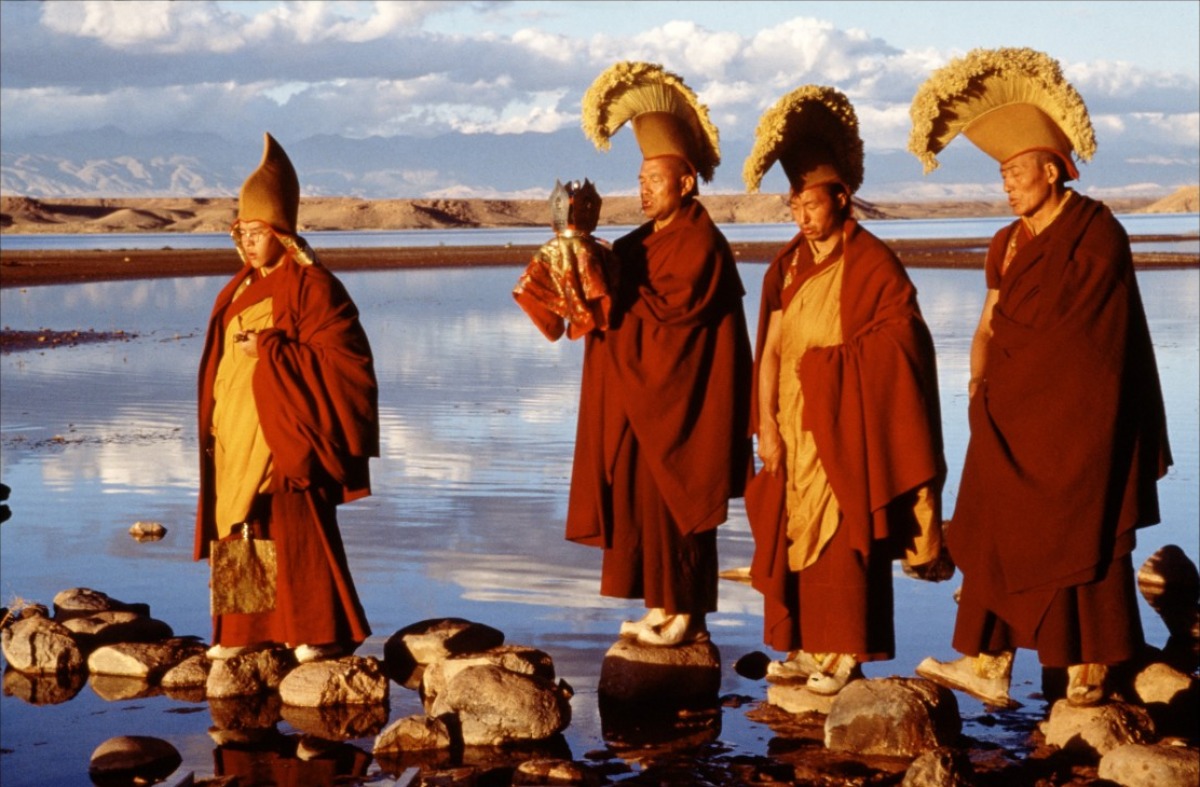
For a guy who’s been unfairly pigeonholed in some quarters as a ‘director who only makes mob films’, Martin Scorsese has managed to move effortlessly between genres and styles while always playing by his own rules and bringing his unmistakable touch to the table.
An oft-ignored title to keep in your back pocket for a deeper dive once you finish your umpteenth “Goodfellas” rewatch, this movie is the kind of slow-burner that sneaks up on you and leaves a firm impression by the time the screen fades to black. A movie both grand and personal, this meditation on faith, oppression and endurance remains one of the most woefully overlooked triumphs in Martin Scorsese’s 50-year career.
16. The Aviator (2004)
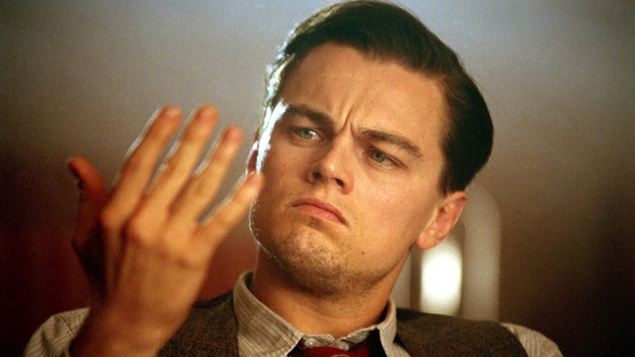
Were you to claim that this star-studded, decade-spanning Howard Hughes biopic runs a little too long, I’m not sure I’d bicker with you. But “The Aviator” is worth watching if for no other reason than to marvel at Leonardo DiCaprio, who carries the entire movie on his shoulders with a fearless, full-throttle lead performance that earned him an Oscar nod and easily ranks among his best under Scorsese’s stewardship.
Stepping into the shoes of a billionaire mogul, Hollywood producer, aviation pioneer and all-American playboy whose life was further complicated by deteriorating OCD is a delicate balancing act to pull off. But DiCaprio handles it just right, compartmentalizing Hughes’ inner turmoil and profound loneliness and infusing his larger-than-life character with rare pathos — elevating the film beyond standard Hollywood-biopic tropes into something more layered and cuttingly truthful.
15. Alice Doesn’t Live Here Anymore (1974)
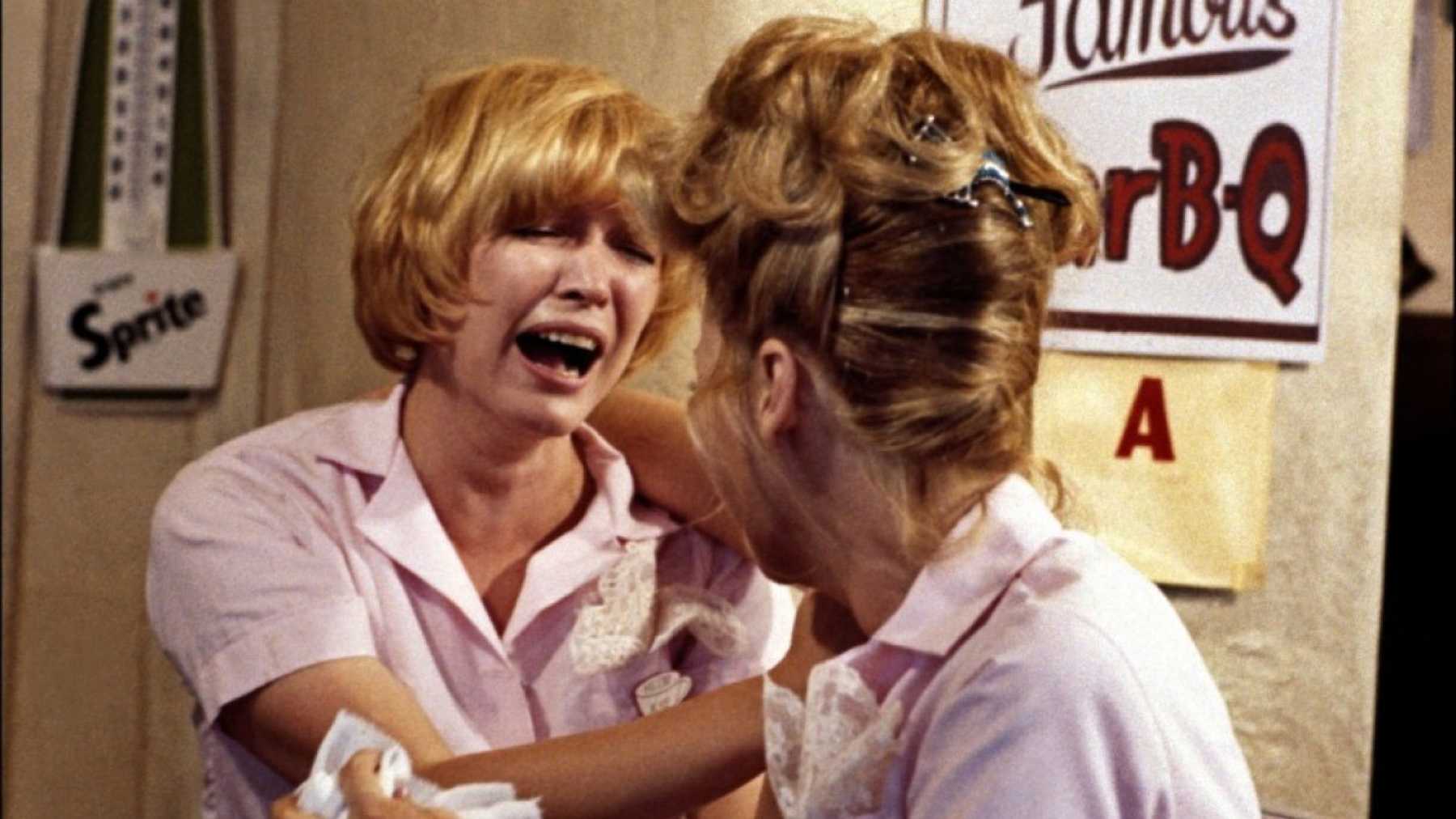
One of the most common criticisms leveled against Martin Scorsese is that he can’t write complex female characters. You wouldn’t be technically wrong if you were to point out that his vast back catalog is predominantly male-centric, but newcomers should find a pretty solid rebuttal to such baseless claims in the director’s first ever Hollywood production.
A poignant character study featuring an Oscar-worthy performance by Ellen Burstyn, “Alice Doesn’t Live Here Anymore” offers rewards galore for fans of stripped-down, down-to-earth human dramas. A recent widow, single mother and working-class heroine, Alice Hyatt finds herself drifting between odd jobs at small-town diners and living on the road with her young pre-teen son, stranded on society’s margin as they leave their New Mexico hometown en route to California, where she hopes to settle down and make it as a professional singer. Kris Kristofferson, Diane Ladd, Harvey Keitel, and Jodie Foster turn up in brief but memorable roles.
14. The Age of Innocence (1993)
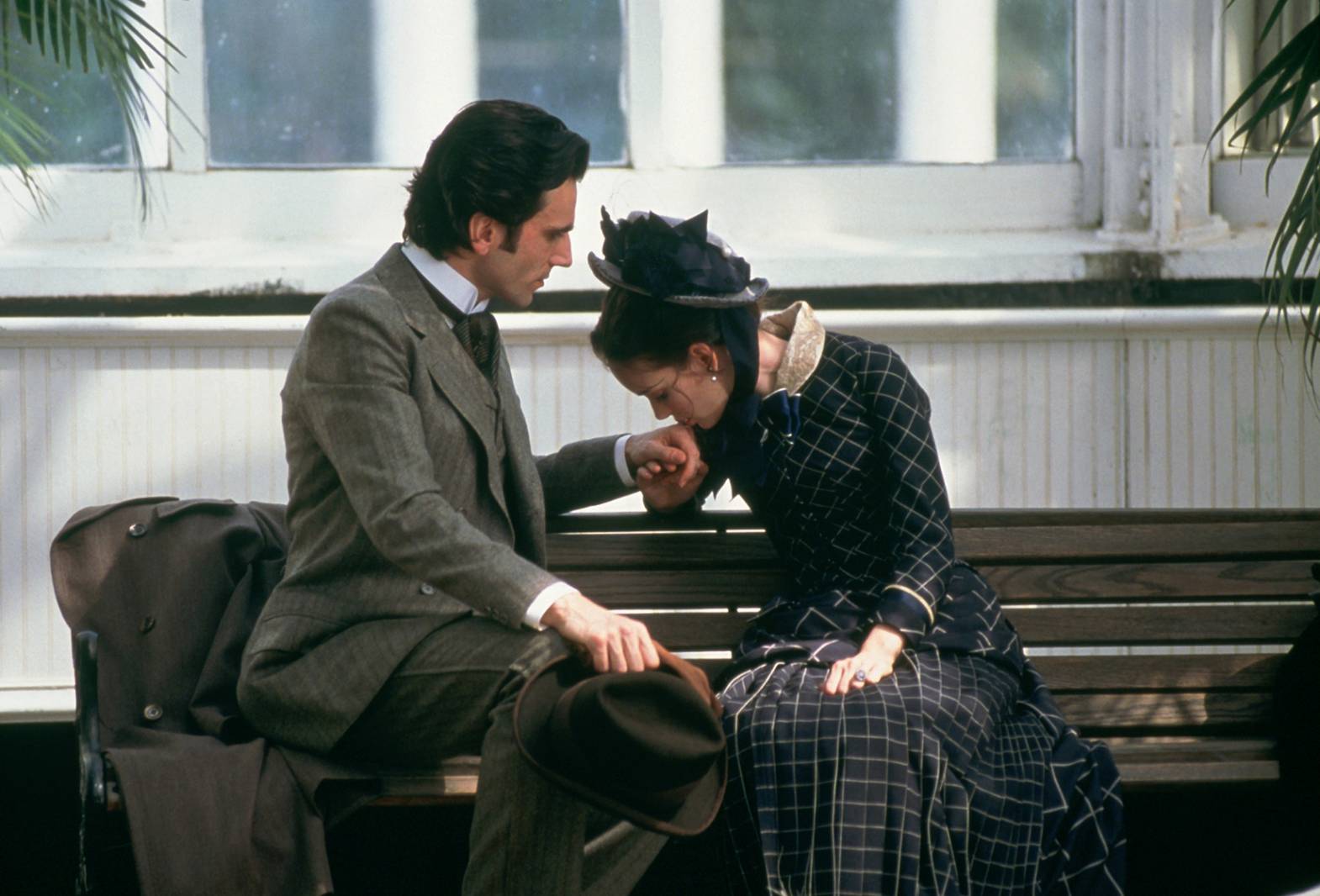
Words cut deeper than knives in Scorsese’s soul-stirring adaptation of Edith Wharton’s 1920 novel, which stays relatively faithful to the source, but it’s so layered and sumptuously crafted that it’s easy to get lost in it again and again.
Nestled comfortably in a remarkable run of bullet-ridden affairs that included “Cape Fear” and “Casino”, this evocative vision of 19th-century New York high society finds Scorsese bending the conventions of the period romance to his own will. Daniel Day-Lewis stars as Newland Archer, a respectable Manhattan lawyer so intoxicated with his fiancée’s unruly cousin (Michelle Pfeiffer) that he might be willing to risk his entire comfortable existence in order to follow his heart. Cue emotional fireworks and the familiar pang of heartache, all of which amount to some of the most hard-hitting moments in Scorsese’s entire body of work.